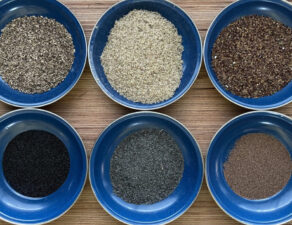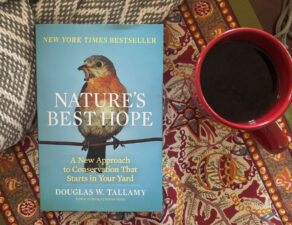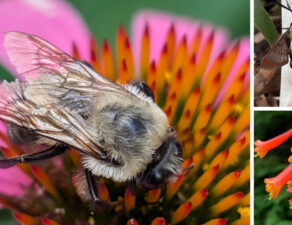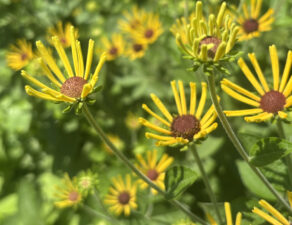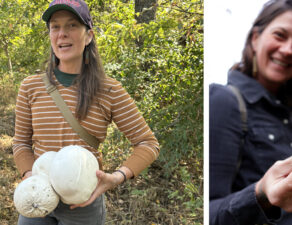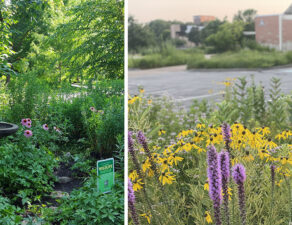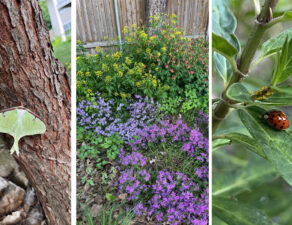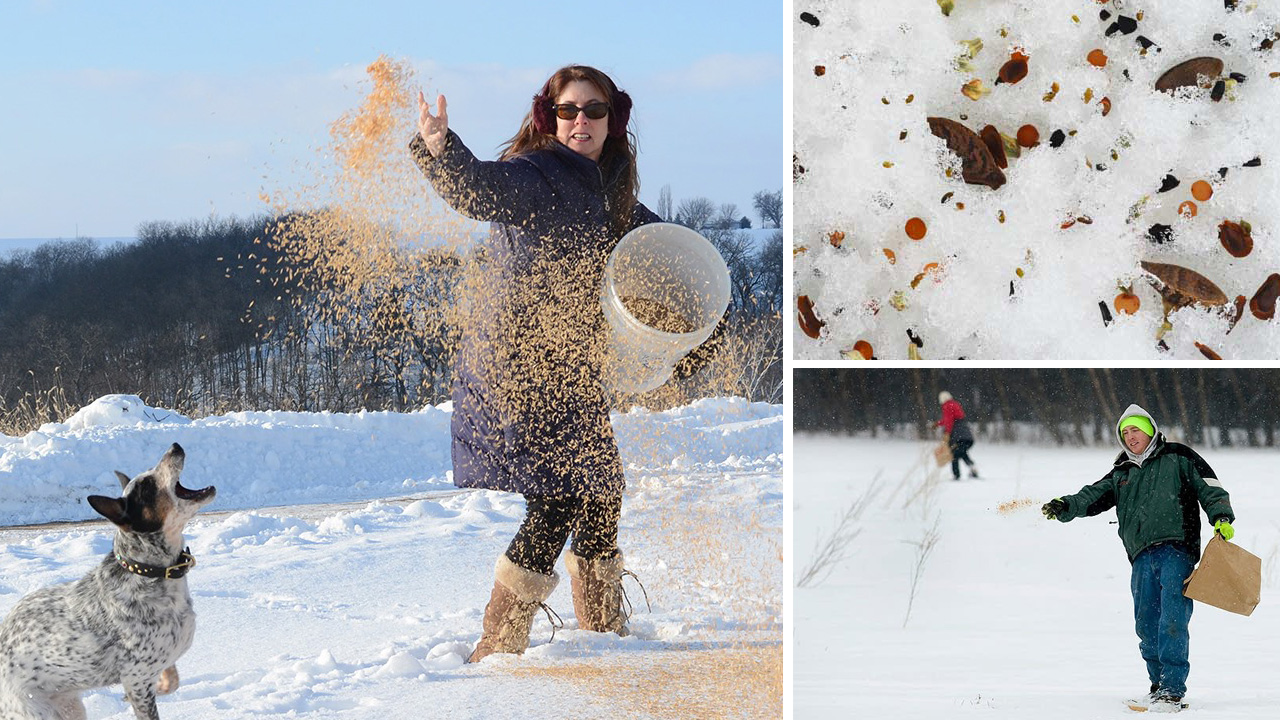
Photo credits: Left and Top Right: Prairie Moon Nursery; Bottom Right: Minnesota Public Radio
November’s edition of The Pollinator gave us great insights into seed collecting from native plant landscapes. Now that you’ve taken the experts’ advice, what are you going to do with all that seed? Sow it! This season is a prime time for our native seeds to complete a dormant stratification, indoors or out. This is true whether your landscape is designed and orderly or you’ve got a more wild and dynamic space that you steward.
Several factors are critical this month as you get your seed stock going: cold moist stratification, seed to soil contact, and site selection for your germination goals. Many native seed species require months of cold weather to activate their germination, whether that’s folded in moist paper towels in a fridge drawer to mimic a winter condition or sown directly into the area to settle in for the real season outdoors. Either way, once the seed is applied it’s crucial to have good seed to soil contact, and there are many ways to approach that – with prescribed fire being the most effective method of exposing the soil surface. For managed landscapes in urban areas, and around houses and buildings that’s not always an option. One of our Plan It Native keynote presenters, Neil Diboll, suggests that mowing grass very, very low and raking the clippings up can mimic fire practices without the risks of burning. If you’re converting turf grass lawns, consider herbicide applications, or verticutting to remove thatch layers before sowing. Seeding right before or directly on top of fresh snow is a well-timed approach. It protects the seed from being eaten and uses the natural melting and refreezing process to work it into the soil layer.
If your approach is orderly and your goal is to create seedlings for transplanting, now’s an opportune time as well. Using seed trays with a loose, rich potting soil, or plug trays with individual cells, apply the same practices – get a good soil contact and protect the seed from foragers, then place the trays outside where the snow, rain, and freezing temps will trigger germination. Keep the trays out of too much direct sunlight, as our “false alarm” warm days in the Midwest might wake them up too early. When April arrives, and sprouts emerge, thin seedlings and pot them up, or trim the extras and get them into the ground once they’re mature enough to settle into the native soils. This is a great practice to experiment with new species in your landscape beds. A nursery friend gave me a number of Topeka purple coneflower (Echinacea atrorubens) plugs last spring. I collected the seedheads to plant more of this unique-looking and hardy pollinator supporter. If all goes well, I’ll be able to share 30-40 seedlings with my garden friends in May or June, spreading the love like a handful of native plant seeds.
